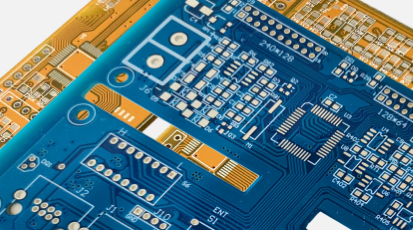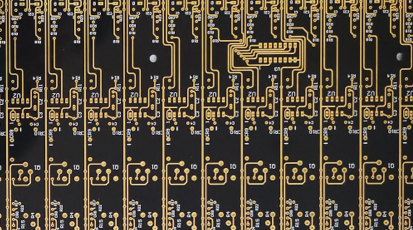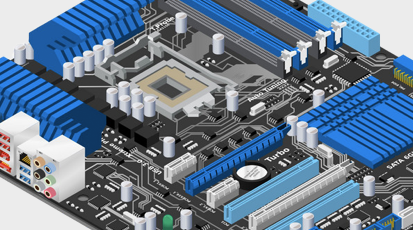What Is the Basic Information of PCB Capacitor?
By:PCBBUY 10/26/2023 16:13
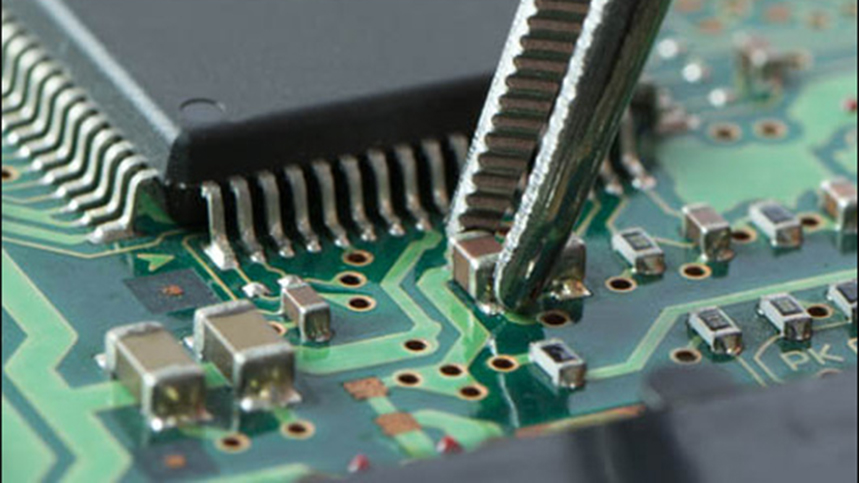
Capacitors are essential electronic components that store electrical energy in an electric field. If you are going to learn more information of PCB Capacitor, please check and read the content below in this passage.
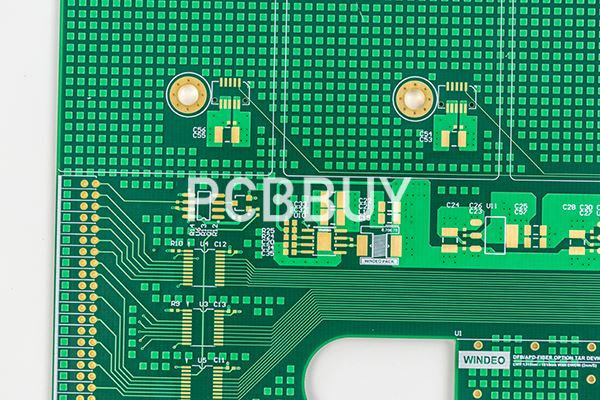
What Is the Basic Information of PCB Capacitor?
PCBs can behave like capacitors because a capacitor can be made up of 2 metal objects separated by a non-dielectric material. So the combination of PCB tracks, pads, components, and pins should form a capacitor capable of destabilizing frequency oscillation. Also, closely ground planes and power provide the required decoupling capacitance. It is possible to use capacitors on the edge of your PCB; all you need are two copper planes to act as capacitors.
Compared to a battery, the capacitor is quite simple, as it does not produce new electrons, but it only stores them. Here, we'll learn what a PCB capacitor is, what it does and how it can be used in electronics. Inside the capacitor, the terminals are able to connect two metal plates that are separated through non-conducting, or dielectric substance. It is simple to make capacitor from two aluminum foil pieces along with a piece of paper. It isn't a good capacitor for the storage capacity but it works fine.
What are the types of PCB Capacitor?
They are classified into various types based on dielectric material, construction, polarity, and application scenarios.
1. Classification by Dielectric Material (Most Common)
Ceramic Capacitors
Ceramic capacitors use a ceramic material as the dielectric and are the most widely used type due to their low cost and compact size. Surface mounted ceramic cap can commonly be found in tiny 0402, 0603 or 0805. Through-hole caps generally appear similar to small bulbs, with 2 protruding terminals.
2. Electrolytic Capacitors
Electrolytic capacitors use a liquid or solid electrolyte as one electrode (creating a large surface area) to achieve high capacitance. They are polarized (must be connected with correct voltage polarity, otherwise they may explode).
a. Aluminum Electrolytic Capacitors
b. Tantalum Electrolytic Capacitors
3 Film Capacitors
Film capacitors use a thin plastic/polymer film (e.g., polyester, polypropylene) as the dielectric, with metal electrodes deposited on the film. They are non-polarized and excel in high-frequency and high-voltage applications.
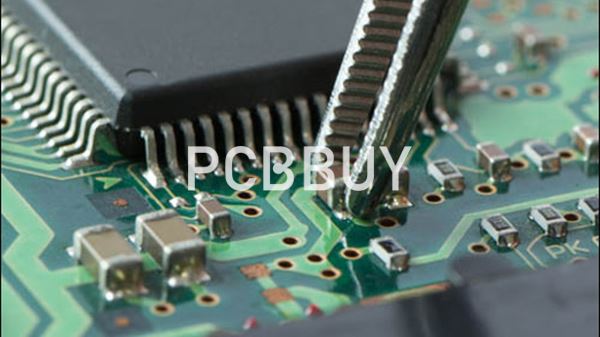
How does PCB Capacitor work?
Capacitors are well-known passive components found in circuits. They are similar to the resistors. Capacitors help in storing electrical charge. They also offer different options. This depends on the design of a circuit. The capacitance has to do with the measure of the energy or charge, which can be carried by the capacitor.
When capacitors are in their basic form, they are made of two plates, with an insulator between them. This insulator is the dielectric. Capacitors are of different types. They are composed of different dielectric materials, and can be utilized for several purposes.
The measurement of capacitance is in Farads. This unit is a fairly large one. This is why it is used generally in microfarads or picofarads. Also, capacitors may also be non-electrolytic or electrolytic. The former may be connected in whatever direction possible in the circuit. For the electrolytic capacitors, you have to install them on the circuit in the right orientation. One of the leads is positive, while the other is negative. The placing of the electrolytic capacitors may not allow your circuits to perform properly. It may even make them pop.

Capacitors may have different applications. One of their critical roles can be found in digital electronics. Here, they protect the microchips from any noise. Due to the fact that the whole charge they carry can be dumped quickly, often they are utilized in lasers and flashes coupled with capacitive sensing and circuit devices. Circuits having capacitors usually display behaviors that are dependent on frequency. This is why they can be utilized on circuits, which amplifies some frequencies.
You can add capacitors either in parallel or in series, just like resistors. However, the calculation is the direct opposite of that of the resistors. The connection of components in series has one node in common. Also, both nodes are shared anytime the connection is in parallel. The resistors connected in series should be added together, if you want to get the total value of the resistance. Also, capacitors having parallel connection should be added, if you need the total value of the capacitance.
Industry Category

